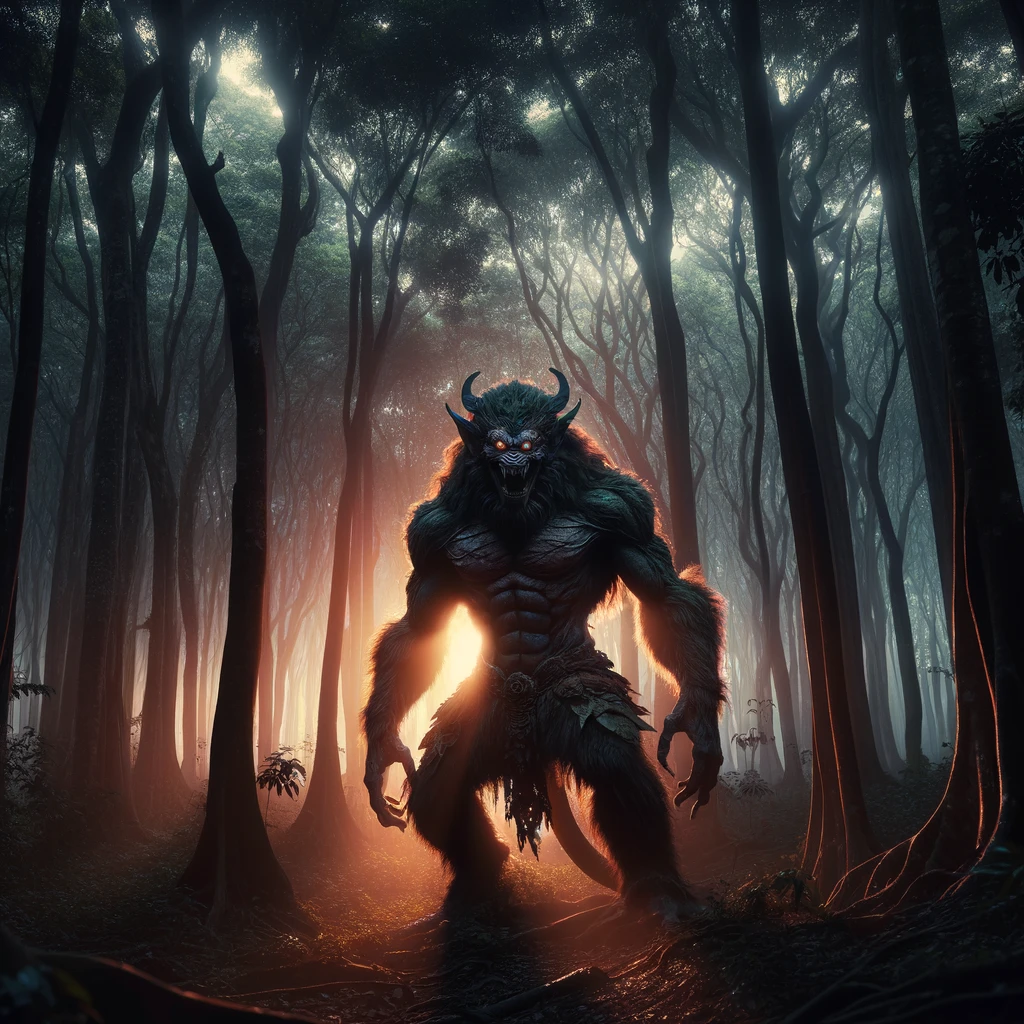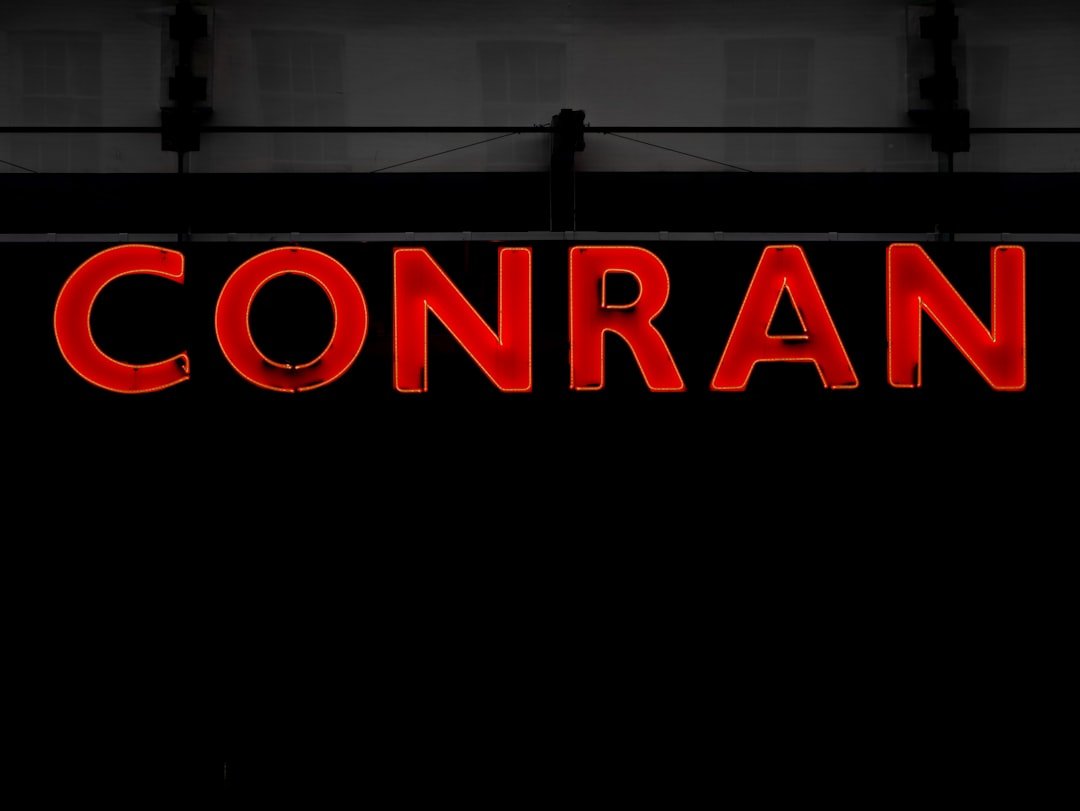
In the rich tapestry of world mythology, demons and supernatural entities often serve as embodiments of human fears, desires, and the unexplained phenomena of the natural world. Among these myriad entities, the Vanarachi stands out as a fascinating and lesser-known figure. The term “Vanarachi” itself is intriguing, evoking images of fearsome demons rooted in ancient lore, possibly blending characteristics of humans and animals, specifically monkeys, given the prefix “Vanara” which signifies monkey in several South Asian languages. While not a widely recognized name in mainstream mythology, the concept of a Vanarachi offers a deep well of creative inspiration and speculative folklore.

The Essence of Vanarachi
Imagine a being that embodies the wildness of the forest, the cunning of the monkey, and the dark, fearsome aspects of a demon. This creature, the Vanarachi, could be seen as a guardian of ancient woods, a trickster on the lookout for unwary travelers, or perhaps a vengeful spirit seeking to protect its domain from human encroachment. Its origins might be steeped in the folklore of regions where monkeys are prevalent and often revered, symbolizing both positive aspects like intelligence and negative traits such as mischief.
Mythological Inspirations
The concept of Vanarachi could draw parallels with various mythological creatures across cultures. For instance, the Vanaras of Hindu mythology—monkey-like beings with immense strength and loyalty, best exemplified by Hanuman, the devout follower of Lord Rama. Yet, the Vanarachi’s demonic aspect might liken it to the Rakshasas, also from Hindu mythology, known for their malevolent nature. This blend of traits creates a unique entity that straddles the line between reverence and fear.
The Vanarachi in Art and Culture
Artistically, the Vanarachi could be depicted as a majestic yet terrifying figure, combining elements of monkeys and demonic features—sharp teeth, perhaps, with fierce eyes and a muscular, imposing stature. Such an image would not only capture the imagination but also serve as a powerful symbol of nature’s untamed and primal aspects.
To bring this concept to life, let’s visualize the Vanarachi in a setting that befits its mythical status. Picture a dense, ancient forest at twilight, where the boundaries between the natural world and the supernatural blur. The Vanarachi stands at the edge of a clearing, partially shrouded in shadow, its eyes glowing with an otherworldly light. It’s a creature of both beauty and terror, commanding respect and invoking awe.
The Vanarachi’s Role Today
In the modern world, where urban sprawl and environmental degradation continue to encroach upon the natural world, the myth of the Vanarachi could serve as a poignant metaphor. It reminds us of the importance of respecting and protecting our natural surroundings, of the mysteries and wonders that lie within wild places, and of the delicate balance between human civilization and the untamed wilderness.
As a figure of folklore, the Vanarachi encourages us to explore the less trodden paths of mythology, to delve into the stories and legends that have not yet made their way into the mainstream. It invites writers, artists, and storytellers to imagine and reinterpret, to breathe new life into old tales, and to create new myths that speak to the contemporary human experience.
The Vanarachi, with its blend of animalistic vigor and demonic ferocity, serves as a captivating subject for creative exploration. It stands as a testament to the power of mythology to inspire, to terrify, and to enchant. In a world increasingly disconnected from the natural and the mystical, the Vanarachi reminds us of the magic that exists in the shadows, waiting to be rediscovered.
The Enigmatic Vanarachi: Demons of Myth and Legend
In the rich tapestry of world mythology, demons and supernatural entities often serve as embodiments of human fears, desires, and the unexplained phenomena of the natural world. Among these myriad entities, the Vanarachi stands out as a fascinating and lesser-known figure. The term “Vanarachi” itself is intriguing, evoking images of fearsome demons rooted in ancient lore, possibly blending characteristics of humans and animals, specifically monkeys, given the prefix “Vanara” which signifies monkey in several South Asian languages. While not a widely recognized name in mainstream mythology, the concept of a Vanarachi offers a deep well of creative inspiration and speculative folklore.
The Essence of Vanarachi
Imagine a being that embodies the wildness of the forest, the cunning of the monkey, and the dark, fearsome aspects of a demon. This creature, the Vanarachi, could be seen as a guardian of ancient woods, a trickster on the lookout for unwary travelers, or perhaps a vengeful spirit seeking to protect its domain from human encroachment. Its origins might be steeped in the folklore of regions where monkeys are prevalent and often revered, symbolizing both positive aspects like intelligence and negative traits such as mischief.
Mythological Inspirations
The concept of Vanarachi could draw parallels with various mythological creatures across cultures. For instance, the Vanaras of Hindu mythology—monkey-like beings with immense strength and loyalty, best exemplified by Hanuman, the devout follower of Lord Rama. Yet, the Vanarachi’s demonic aspect might liken it to the Rakshasas, also from Hindu mythology, known for their malevolent nature. This blend of traits creates a unique entity that straddles the line between reverence and fear.
The Vanarachi in Art and Culture
Artistically, the Vanarachi could be depicted as a majestic yet terrifying figure, combining elements of monkeys and demonic features—sharp teeth, perhaps, with fierce eyes and a muscular, imposing stature. Such an image would not only capture the imagination but also serve as a powerful symbol of nature’s untamed and primal aspects.
To bring this concept to life, let’s visualize the Vanarachi in a setting that befits its mythical status. Picture a dense, ancient forest at twilight, where the boundaries between the natural world and the supernatural blur. The Vanarachi stands at the edge of a clearing, partially shrouded in shadow, its eyes glowing with an otherworldly light. It’s a creature of both beauty and terror, commanding respect and invoking awe.
The Vanarachi’s Role Today
In the modern world, where urban sprawl and environmental degradation continue to encroach upon the natural world, the myth of the Vanarachi could serve as a poignant metaphor. It reminds us of the importance of respecting and protecting our natural surroundings, of the mysteries and wonders that lie within wild places, and of the delicate balance between human civilization and the untamed wilderness.
As a figure of folklore, the Vanarachi encourages us to explore the less trodden paths of mythology, to delve into the stories and legends that have not yet made their way into the mainstream. It invites writers, artists, and storytellers to imagine and reinterpret, to breathe new life into old tales, and to create new myths that speak to the contemporary human experience.
The Vanarachi, with its blend of animalistic vigor and demonic ferocity, serves as a captivating subject for creative exploration. It stands as a testament to the power of mythology to inspire, to terrify, and to enchant. In a world increasingly disconnected from the natural and the mystical, the Vanarachi reminds us of the magic that exists in the shadows, waiting to be rediscovered.








